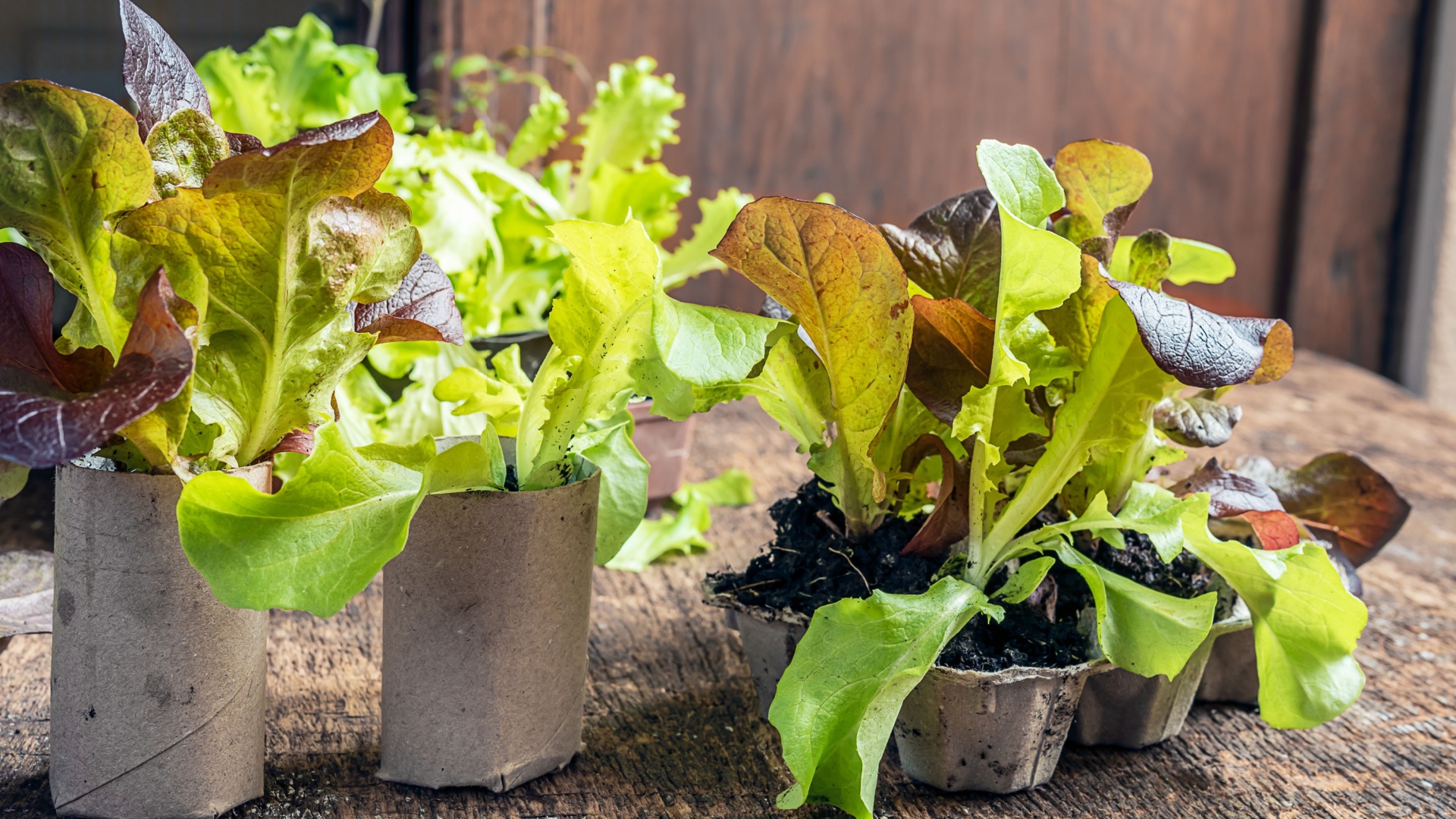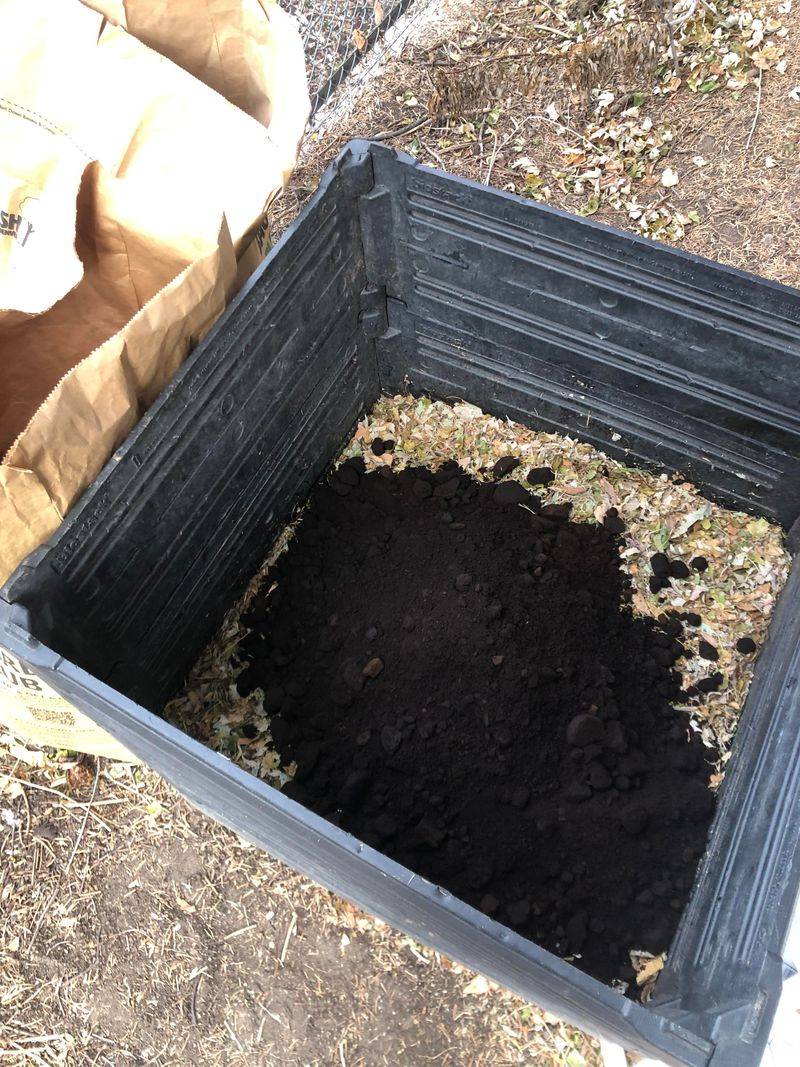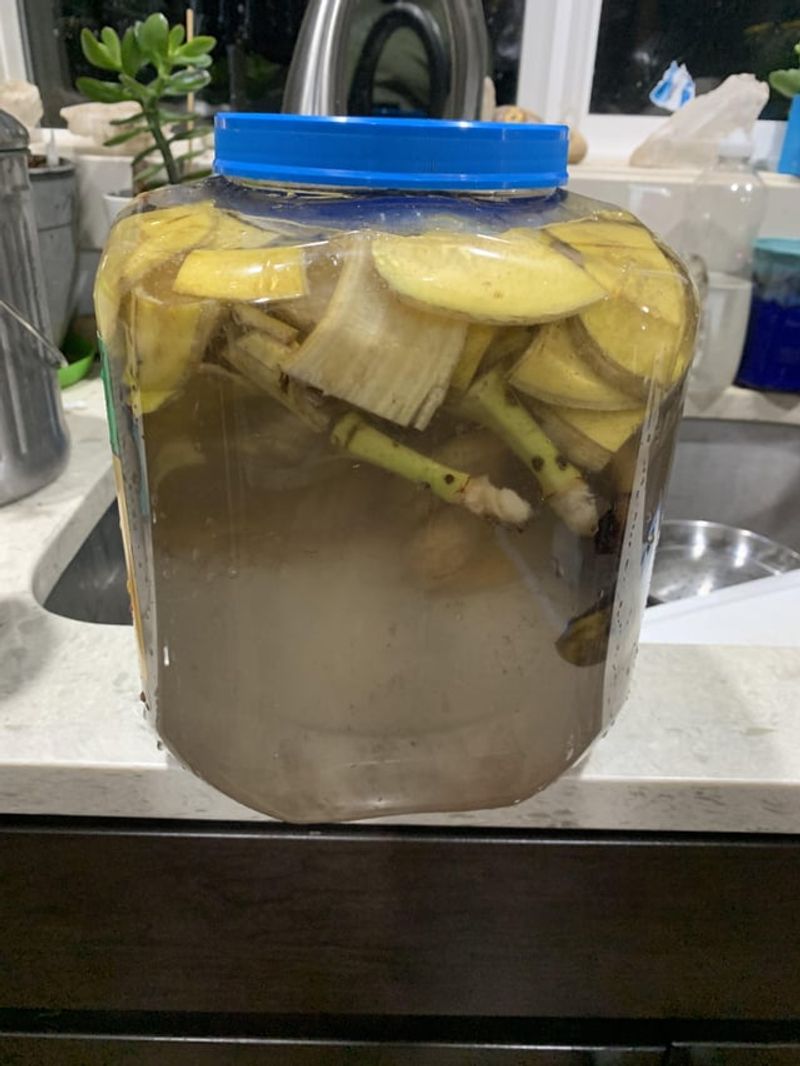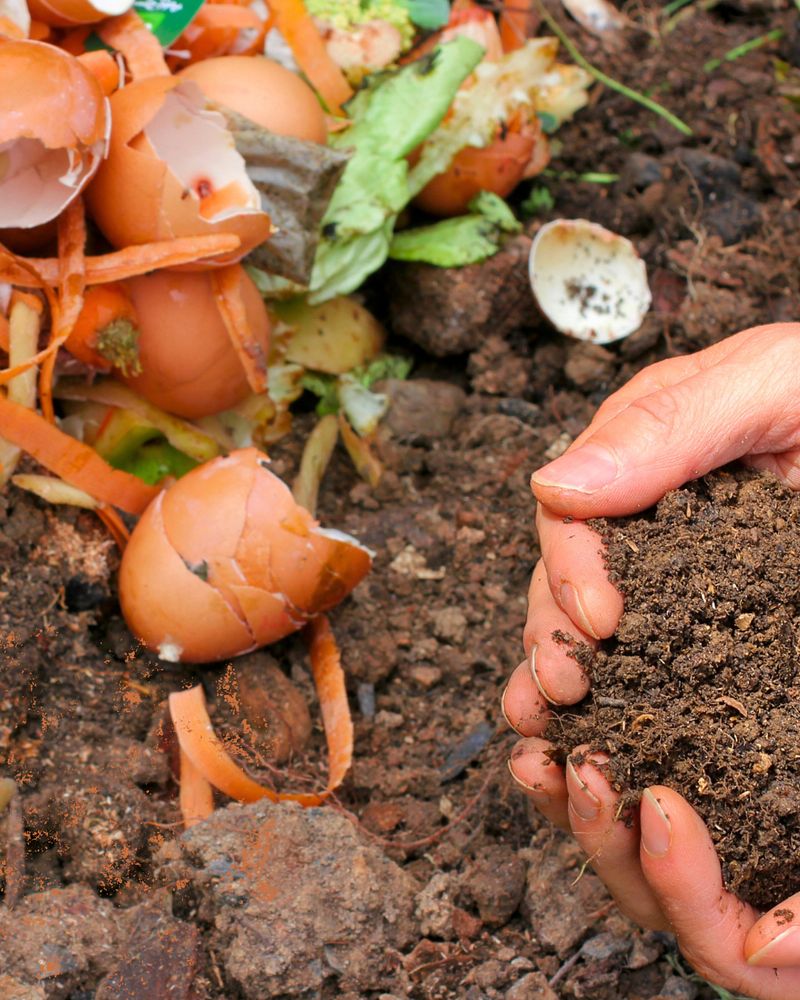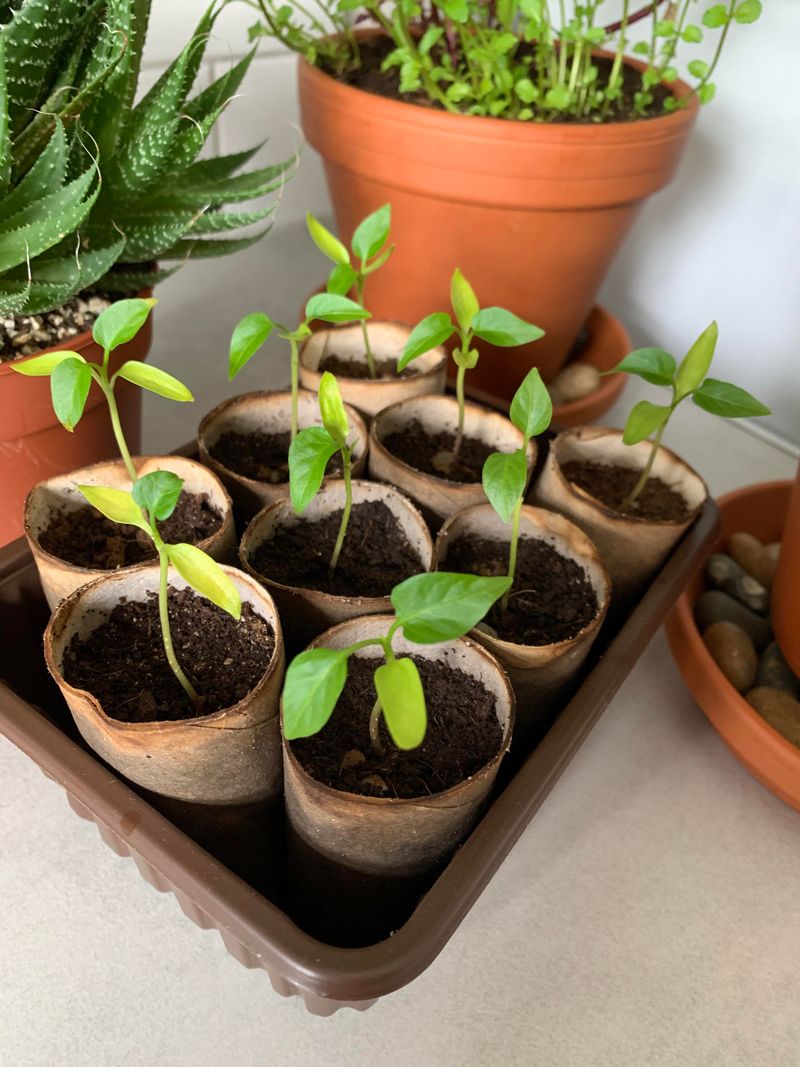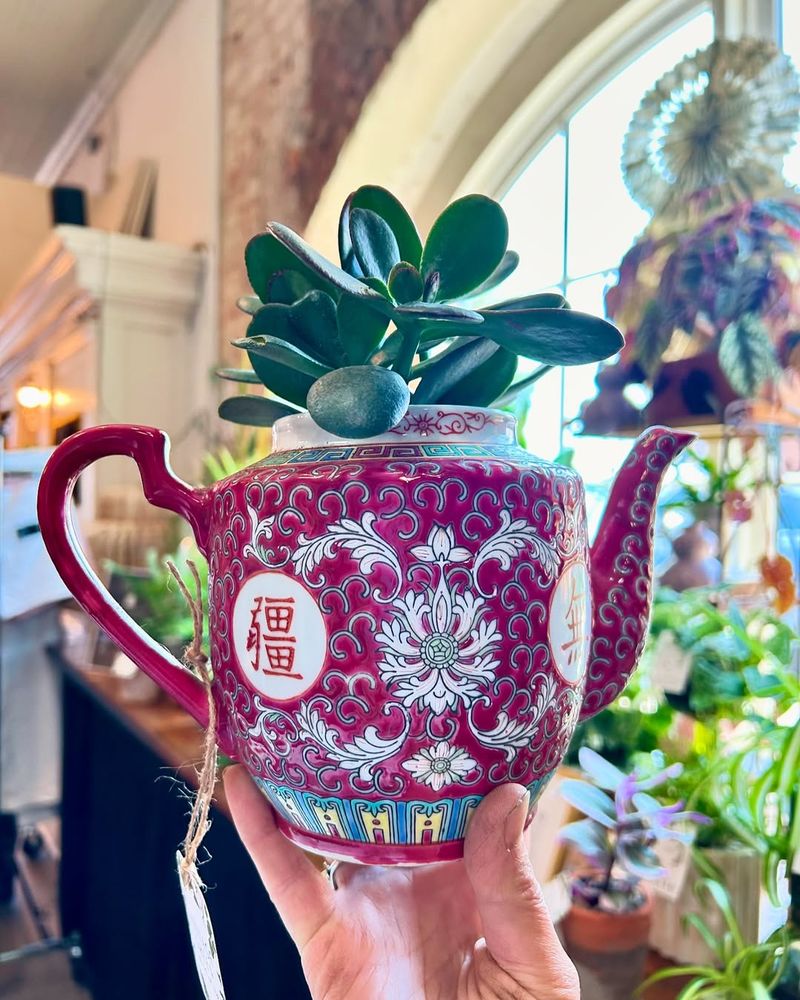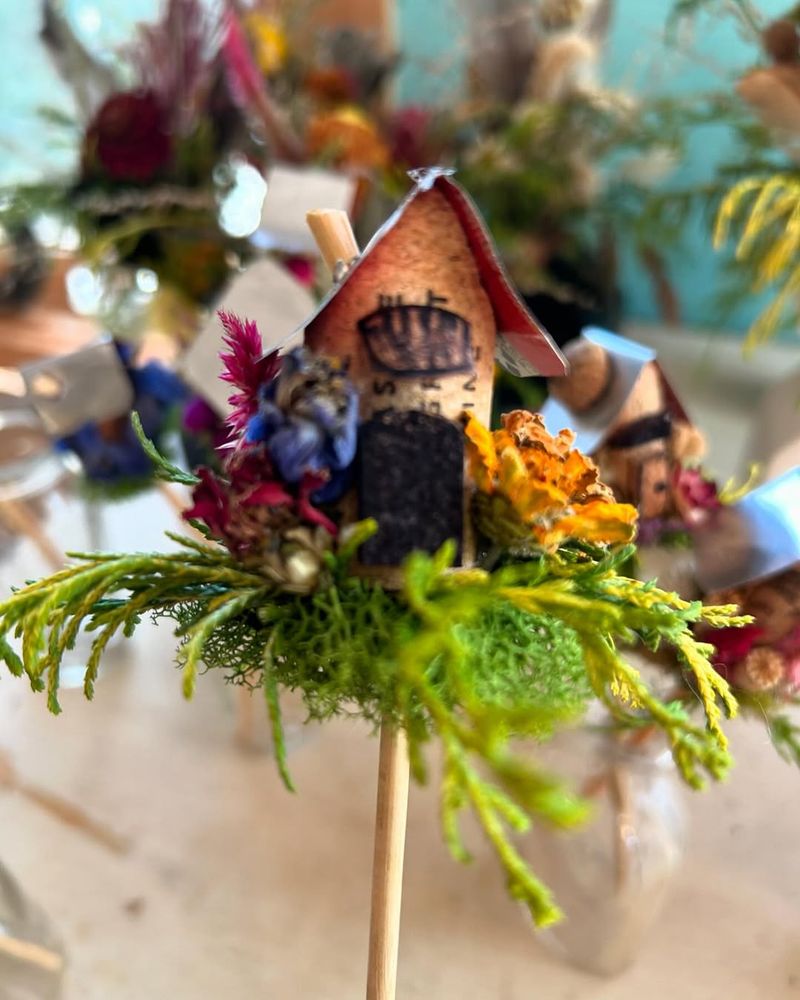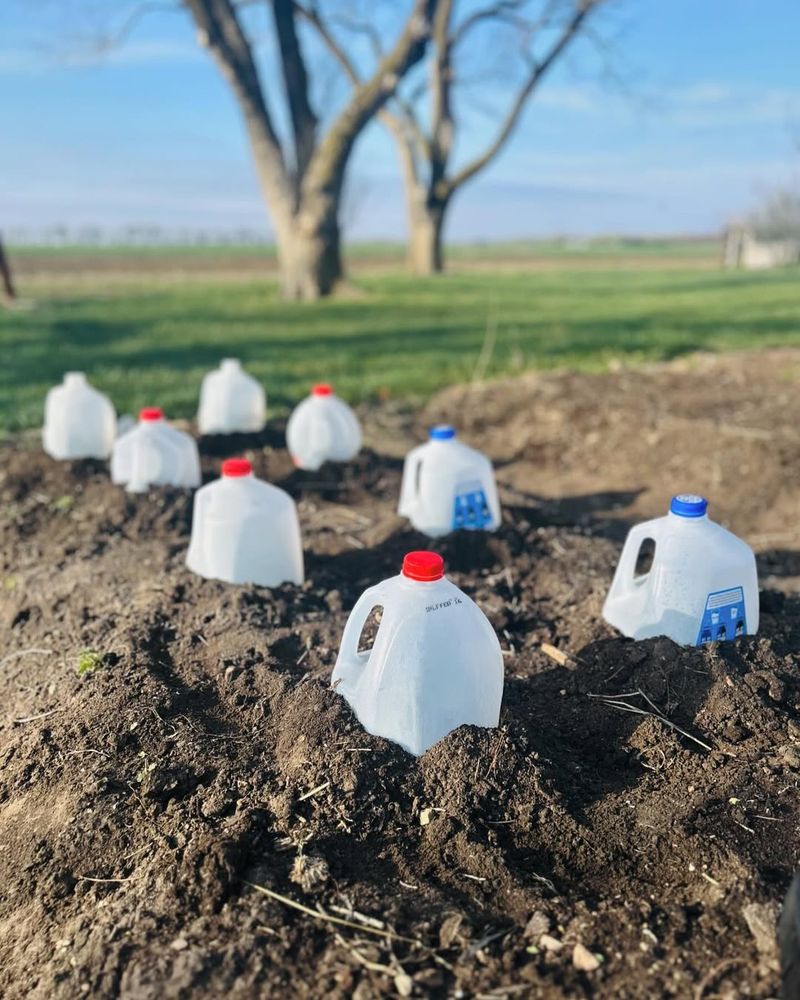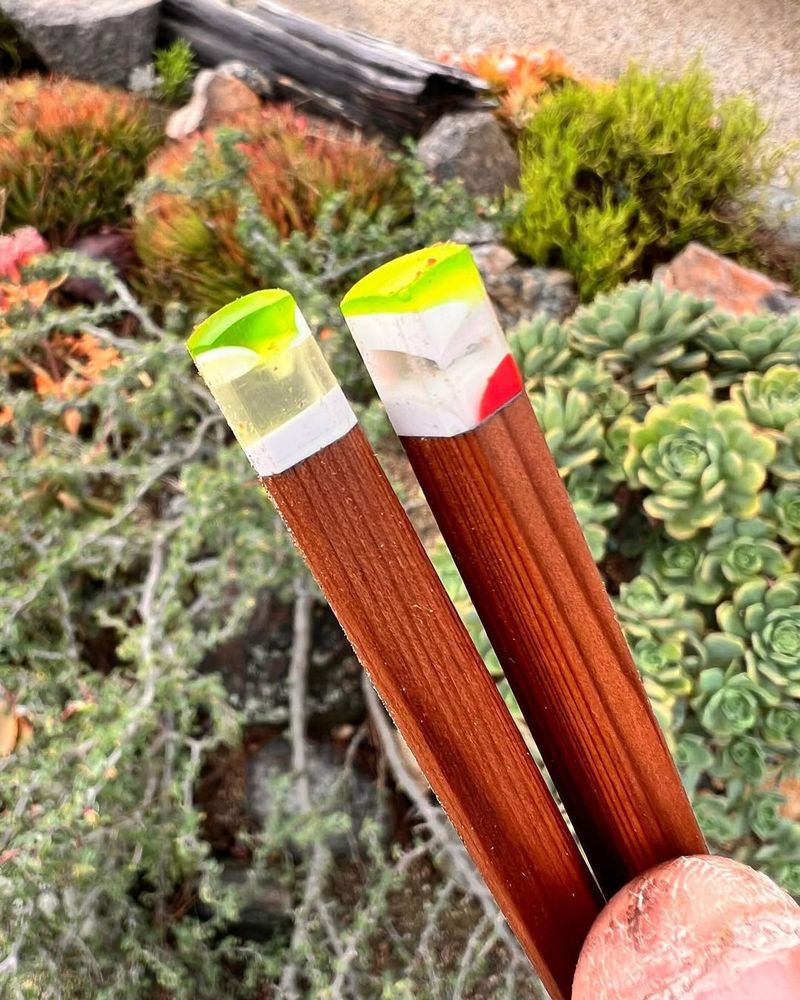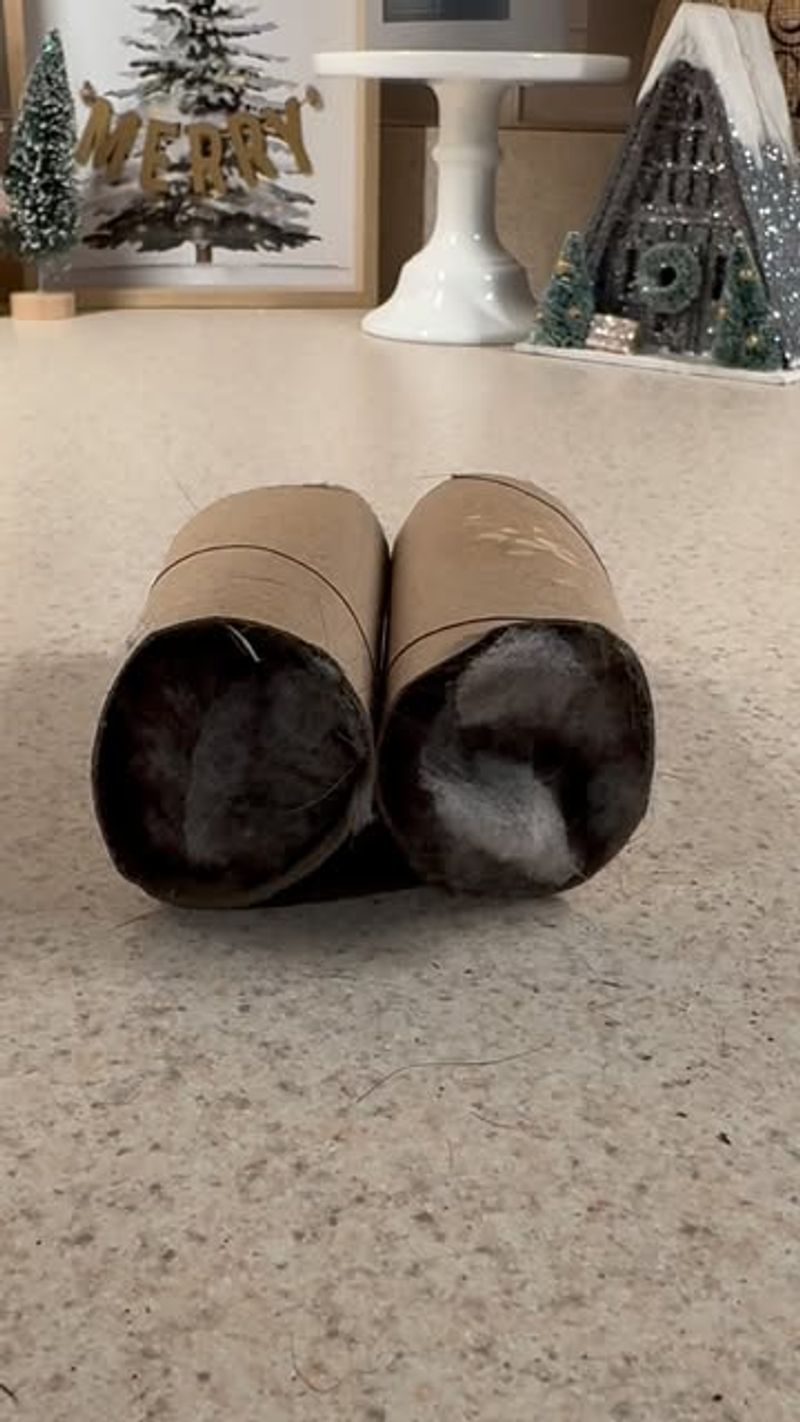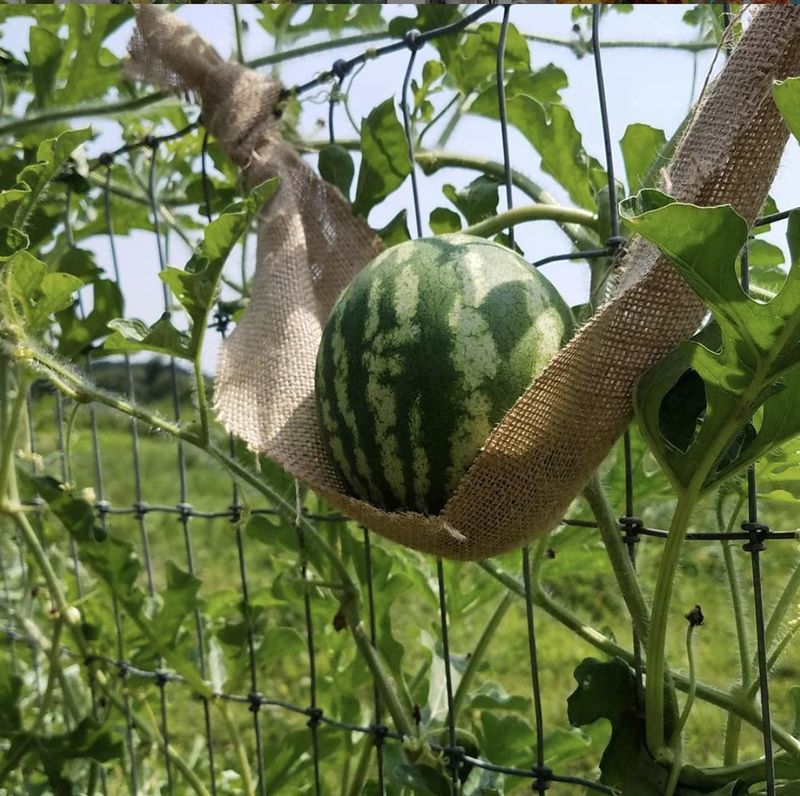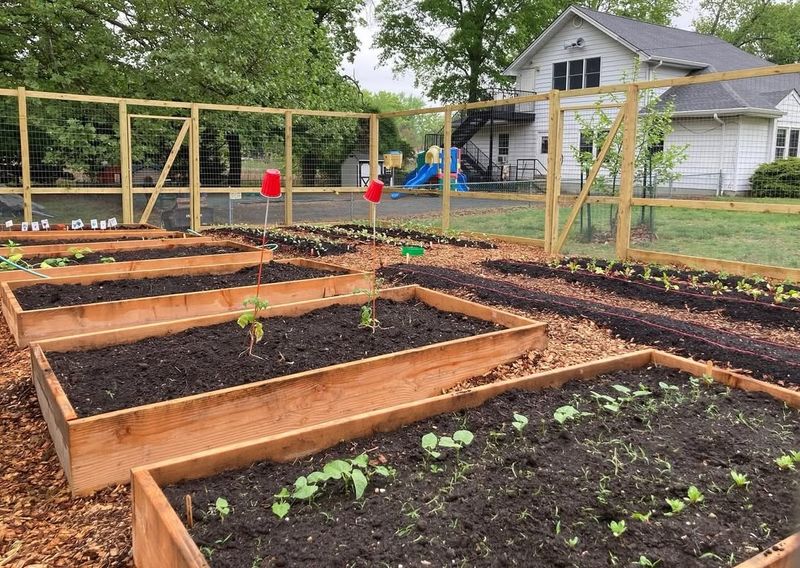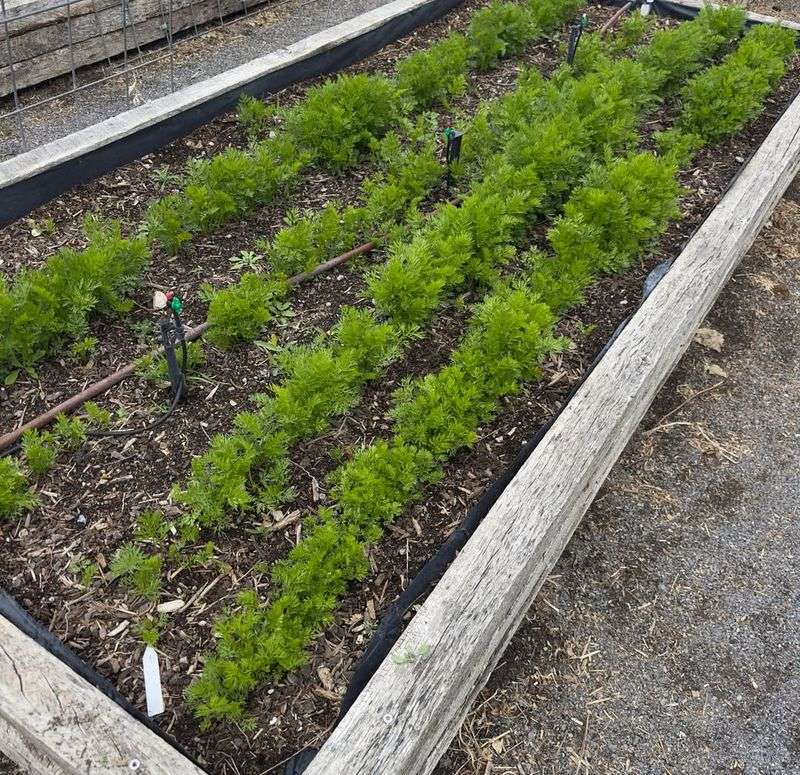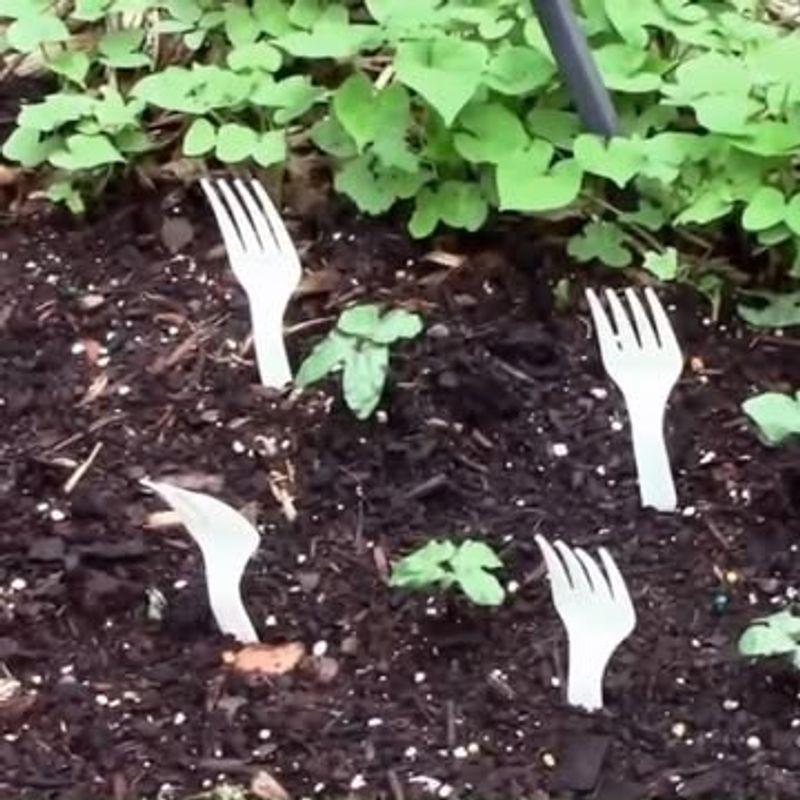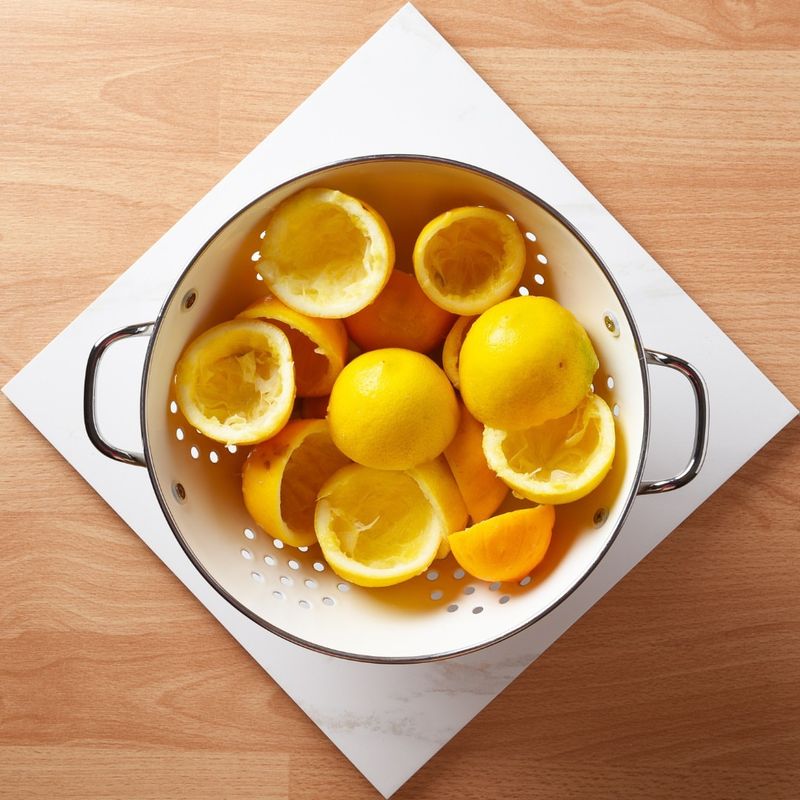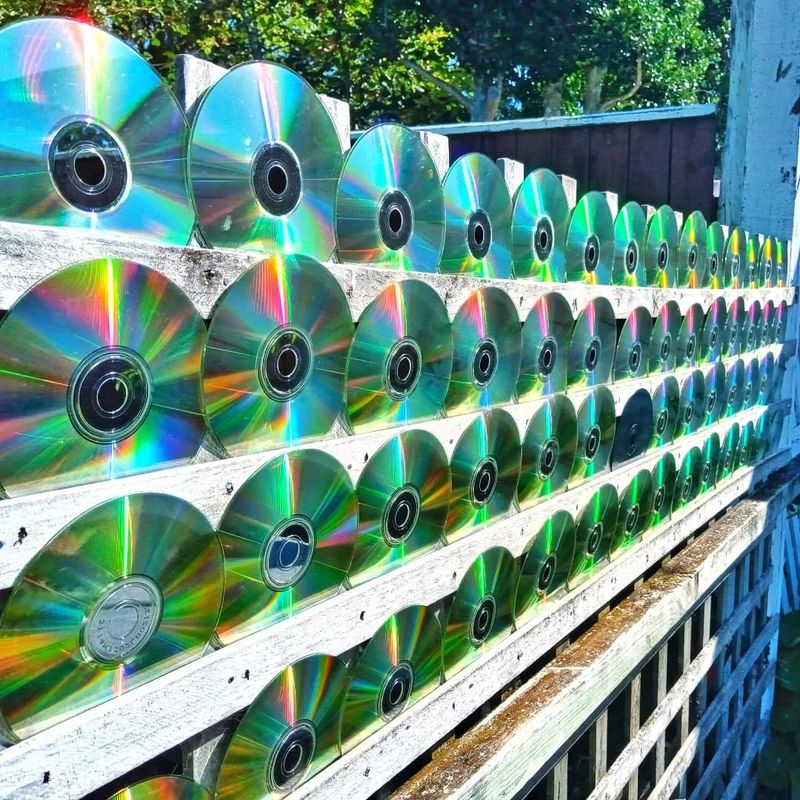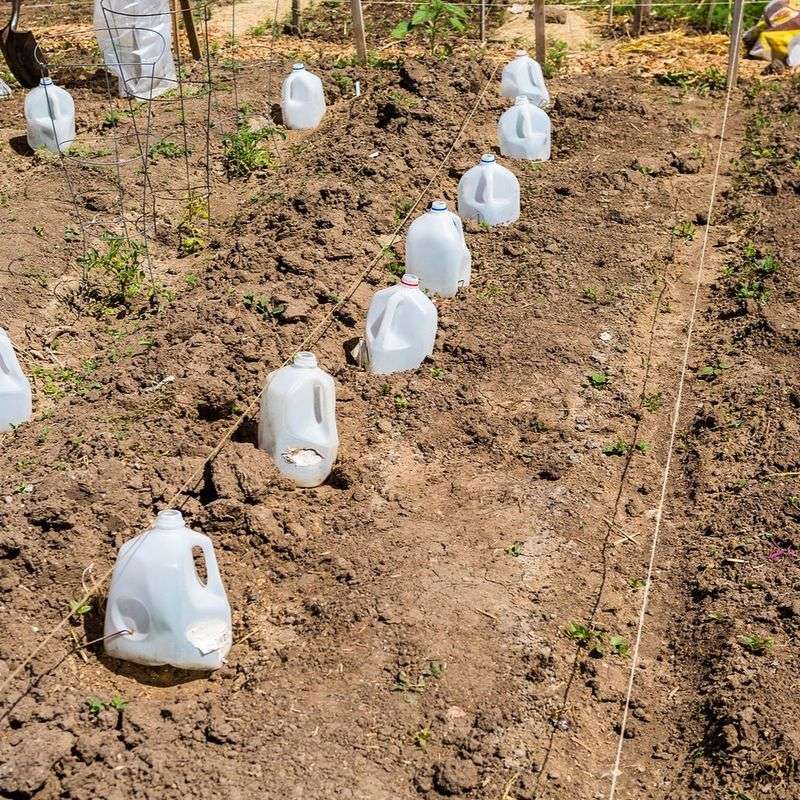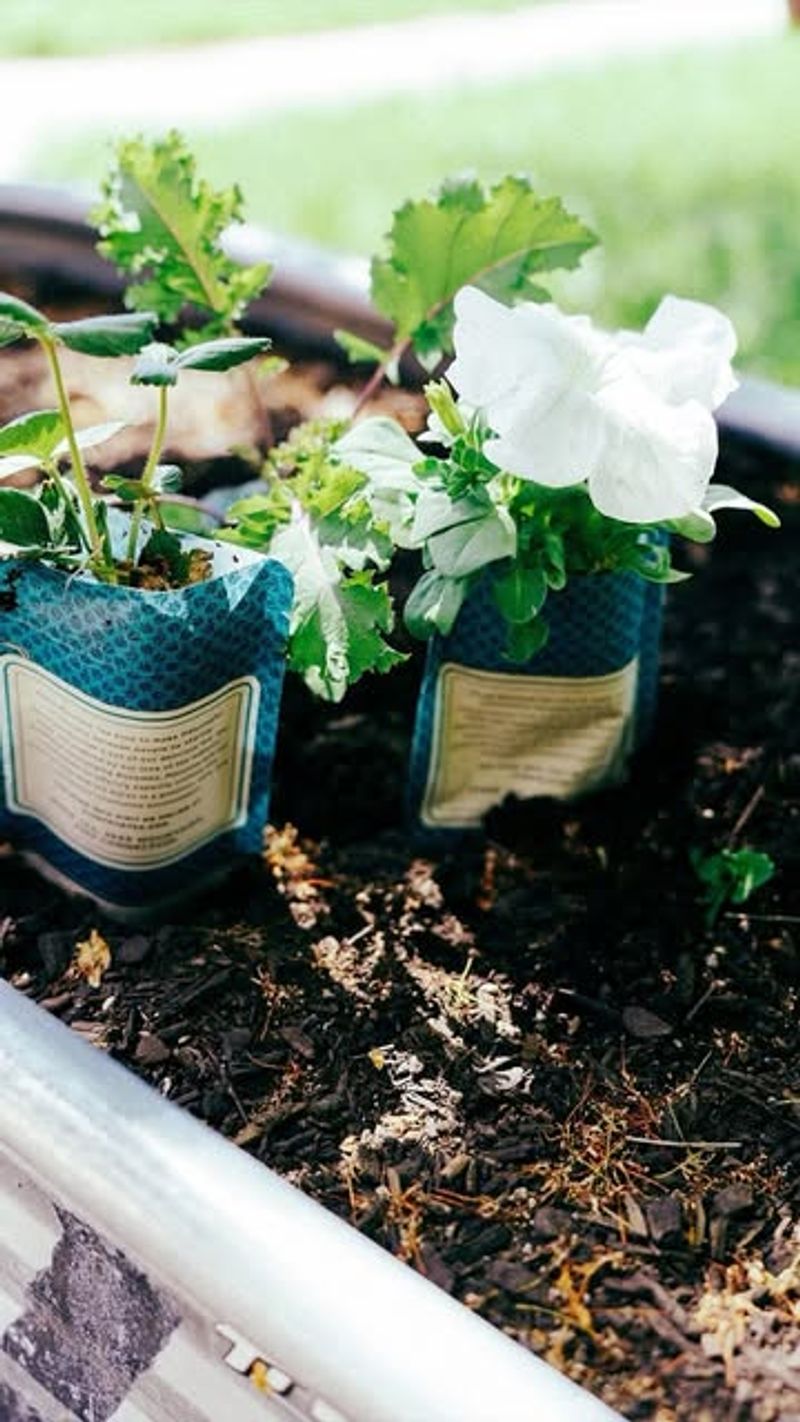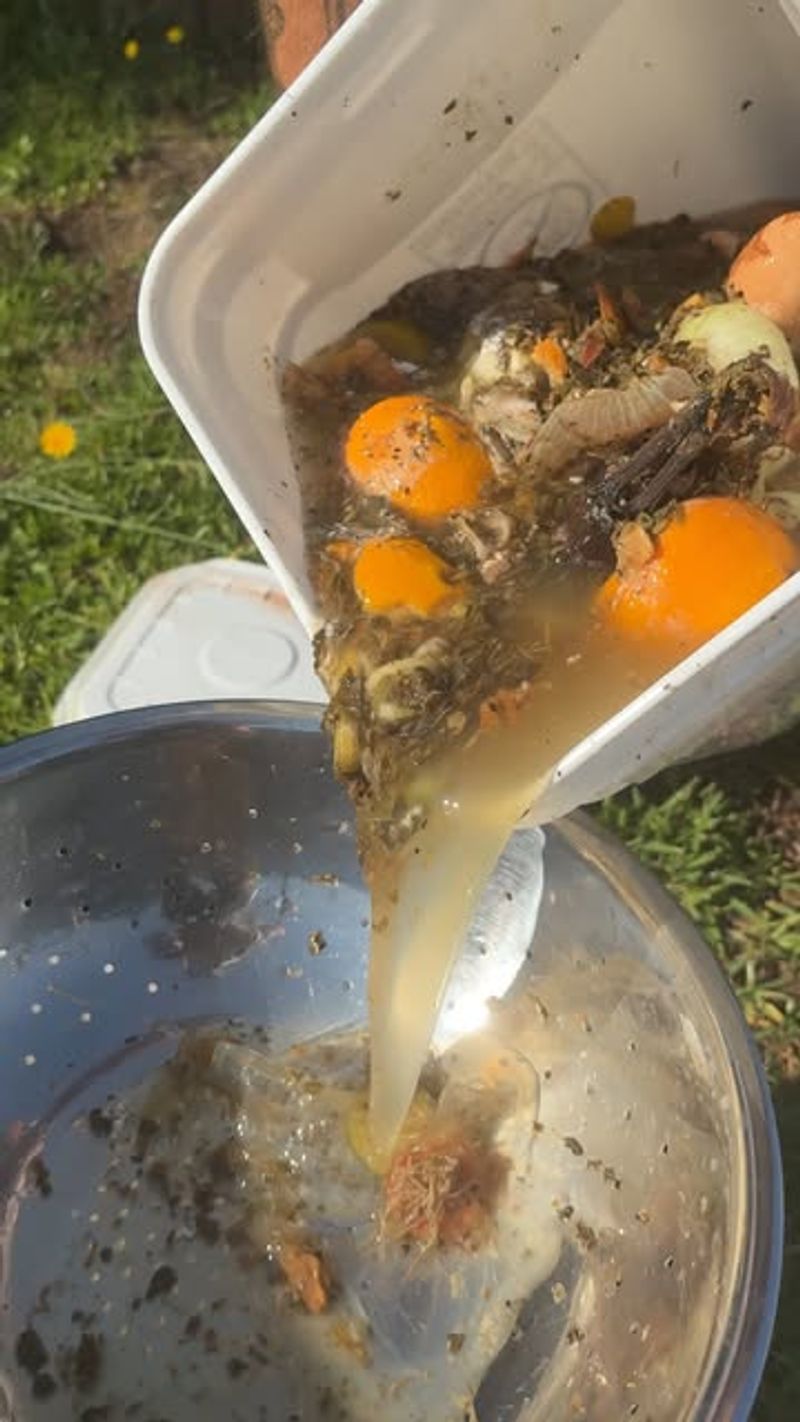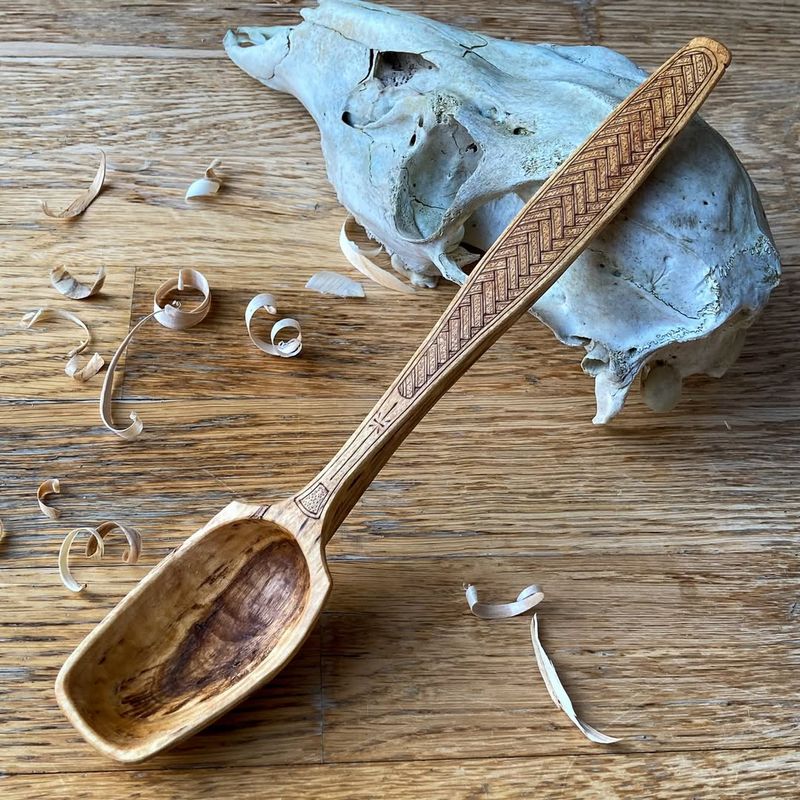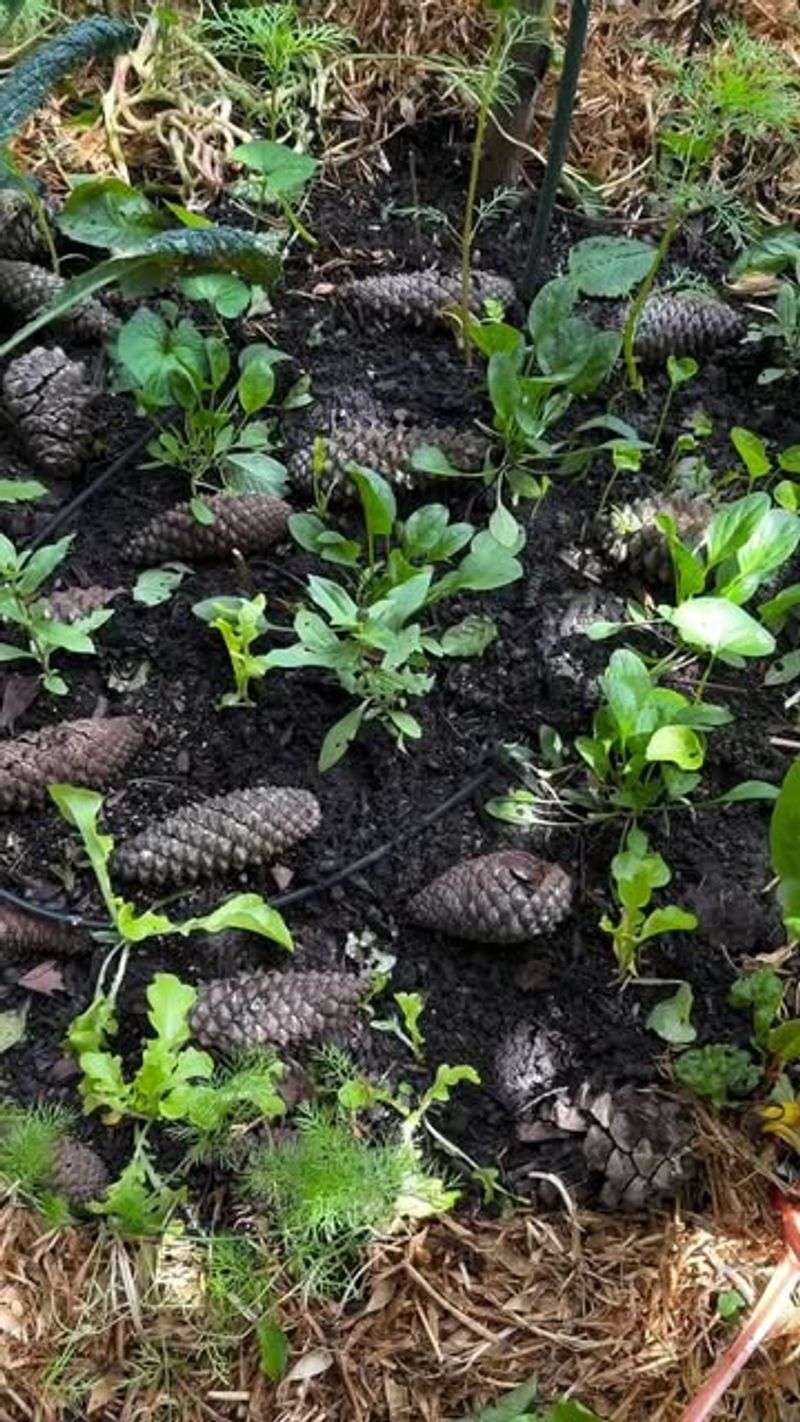Your next garden upgrade might already be sitting under your sink or in your junk drawer. From banana peels to coffee filters, there are everyday household items just waiting to work their magic in your yard.
These 20 common things do everything from boosting plant health to repelling pests—and the best part? You probably already own most of them. Here’s how to turn home clutter into garden gold.
1. Coffee Grounds
Leftover coffee grounds work magic in garden soil! They add nitrogen and other minerals that plants crave, especially acid-loving varieties like roses, azaleas, and blueberries.
Simply sprinkle used grounds around plants or add them to your compost pile. The grounds also help repel slugs and snails naturally because of their gritty texture and smell.
For an extra boost, mix grounds with eggshells and sprinkle the mixture around plants to deter pests while fertilizing.
2. Banana Peels
Banana peels pack a potassium punch that makes plants flourish! Cut them into small pieces and bury them near the base of your plants to release nutrients slowly as they decompose.
Roses particularly love this potassium boost, producing more vibrant blooms when treated to banana goodness. You can also make a “banana tea” by soaking peels in water for a few days, then using the liquid as fertilizer.
Many gardeners swear by placing peels directly in planting holes for tomatoes and peppers.
3. Eggshells
Crushed eggshells create a calcium buffet for your garden! After rinsing and drying, grind them into powder using a coffee grinder or crush them by hand for a coarser texture.
Tomatoes and peppers thrive with this calcium boost, preventing blossom end rot. The sharp edges of coarsely crushed shells also deter soft-bodied pests like slugs and snails who hate crawling over the jagged surface.
For seedlings, mix finely ground shells into soil to strengthen stems and promote healthy growth from day one.
4. Cardboard Tubes
Toilet paper rolls become perfect biodegradable seed starters! Stand them upright in a tray, fill with potting soil, and plant your seeds. When seedlings are ready for the garden, plant the entire tube – it breaks down naturally in soil.
Cut longer paper towel tubes into smaller sections for more planters. Beyond seedlings, these tubes protect young plants from cutworms when placed around stems like protective collars.
For larger plants, use the cardboard tubes from wrapping paper as deeper root trainers for tomatoes or peppers.
5. Old Teapots
Cracked or chipped teapots transform into charming garden features with minimal effort! Drill drainage holes in the bottom and fill with potting soil to create unique planters for small flowers or herbs.
Metal teapots weather beautifully outdoors, developing rustic patinas that add character. Ceramic ones bring instant color to garden corners. The handle and spout create natural interest points when trailing plants spill over the edges.
Group several teapots of different sizes together for a whimsical tea party display that visitors will adore.
6. Wine Corks
Save those wine corks for garden duty! Slice them into thin discs to create a natural mulch that retains moisture while allowing airflow. The cork’s natural antimicrobial properties help prevent mold in potted plants.
Whole corks make excellent pot feet when cut in half and placed under containers. This elevates pots for better drainage and prevents water stains on decks or patios.
For plant markers, stick whole corks on the end of wooden skewers and write plant names with permanent marker – they resist weather better than many commercial options!
7. Plastic Milk Jugs
Empty milk jugs become versatile garden tools with a few snips! Cut the bottom off to create protective mini-greenhouses for tender seedlings in early spring. The clear plastic traps heat while the cap can be removed for ventilation on warm days.
Transform jugs into watering cans by poking small holes in the cap for gentle irrigation. For slow-drip irrigation, make tiny holes near the bottom and bury partially in soil near thirsty plants.
During fall cleanup, use them as scoops for gathering leaves or spreading mulch around perennials.
8. Wooden Chopsticks
Those extra chopsticks from takeout orders deserve a second life in your garden! Push them into soil as support stakes for young plants or seedlings that need a little help standing tall.
Bundle several together with twine to create sturdier supports for larger plants like tomatoes. Their smooth surface won’t damage delicate stems, and they’re perfect for helping climbing plants like peas get started.
Use chopsticks to create drainage channels in compacted soil by pushing them into the ground and removing them, leaving behind perfect water pathways.
9. Dryer Lint
Dryer lint isn’t just trash – it’s garden treasure! Collect this fluffy byproduct and mix it into your compost pile where it adds carbon and helps balance wet kitchen scraps.
For bird-friendly gardens, stuff lint into mesh suet feeders or small net bags and hang from trees in spring. Birds will gratefully collect this soft material for nest building, bringing more natural pest control to your yard.
Gardeners with clay soil can work lint directly into problem areas to improve drainage and aeration, helping roots penetrate more easily.
10. Old Pantyhose
Torn pantyhose find new purpose in garden beds! Cut them into strips to create soft plant ties that expand as stems grow, preventing damage while providing secure support for climbing plants and vines.
Stretch whole legs over developing melons or squash and attach to trellises to create hammocks that support heavy fruits as they grow. The breathable material prevents rot while taking weight off vines.
For seed storage, tie seeds in small bundles inside pantyhose snippets with plant names written on paper tags – they allow airflow while keeping varieties separate.
11. Newspaper
Yesterday’s news becomes tomorrow’s weed barrier with minimal effort! Lay several sheets of newspaper directly on soil around plants, overlapping edges by a few inches. Wet thoroughly and cover with mulch to hold in place.
The paper blocks light to prevent weed growth while allowing water and nutrients to reach plant roots. Modern newspaper inks are soy-based and safe for garden use.
For seed starting, fold newspaper into small pots using origami techniques – these biodegradable containers can be planted directly into garden soil when seedlings are ready.
12. Rusty Nails
Don’t toss those rusty nails – they’re iron supplements for your garden! Place them in a jar of water for a few days to create iron-rich water for acid-loving plants like azaleas, blueberries, and hydrangeas.
Bury nails near the base of roses to slowly release iron as they continue to rust. This trick helps produce more vibrant blooms and greener foliage, especially in gardens with alkaline soil.
For container gardens, add a few rusty nails to the bottom layer of soil when potting up plants that need extra iron.
13. Plastic Forks
Leftover plastic forks become clever pest deterrents when stuck tines-up in garden soil around vulnerable plants. Rabbits, squirrels, and cats avoid these pokey barriers, protecting newly planted areas from unwanted digging.
For bird protection, place forks around freshly sown seeds to prevent feathered friends from helping themselves to your future harvest. The plastic tines don’t harm animals – they simply discourage unwanted activity.
During winter months, use colorful forks as row markers that stand out against snow, helping you remember where perennials are sleeping.
14. Citrus Peels
Orange, lemon, and grapefruit peels add zest to your garden’s health! Chop them up and mix into soil to repel cats and many insect pests who dislike the strong citrus oils.
Create a natural slug deterrent by placing small pieces of peel around vulnerable plants – the sharp oils irritate their sensitive bodies. The peels gradually decompose, adding nutrients and improving soil structure.
For seed starting, fill half-peels with soil and plant seeds inside. When seedlings are ready, plant the entire biodegradable “pot” directly into the garden.
15. Wine Bottles
Empty wine bottles create self-watering systems for vacation care! Fill bottles with water, quickly flip and push necks into soil near plants. The water releases slowly as soil dries, providing consistent moisture for days.
Green or blue bottles can be buried neck-down to create colorful garden borders with a bohemian flair. Clear bottles work wonderfully as cloches to protect tender seedlings from spring frosts.
For garden art, collect bottles of different colors and arrange them on a sunny fence where they’ll cast colorful shadows across your plants.
16. Old CDs
Outdated CDs and DVDs become bird-scaring flash tape with zero waste! Hang them from strings in vegetable gardens where their reflective surfaces spin and flash in the breeze, startling birds away from ripening fruits and berries.
Mount discs on garden stakes near cherry trees or blueberry bushes for maximum protection during harvest season. The constantly changing light patterns confuse birds without harming them.
For greenhouse gardens, attach discs to ceiling areas where reflected light patterns will move across plants, deterring pests while creating beautiful rainbow effects.
17. Plastic Bottles
Soda bottles transform into season extenders with a quick cut! Remove the bottom to create mini greenhouses that protect individual plants from cold nights. The clear plastic traps heat while allowing sunlight through.
Cut bottles horizontally to make seedling protectors that work like cloches, or cut vertically to create scoops for potting soil and fertilizer. Large bottles can become funnels for filling narrow-necked watering cans.
For vertical gardens, cut windows in the sides, fill with soil, and hang in sunny spots to grow herbs or strawberries in limited space.
18. Used Tea Bags
Spent tea bags work gardening magic beyond the teacup! After enjoying your beverage, let bags cool and place them around acid-loving plants like ferns and roses. The tannic acid helps these plants thrive.
Open used bags and sprinkle the damp tea leaves directly onto soil as gentle fertilizer. Many gardeners use tea bags in container bottoms to improve drainage while slowly releasing nutrients.
For seed starting, place a damp tea bag in a small container, sprinkle with fast-germinating seeds like lettuce, and watch them sprout with built-in nutrition.
19. Cooking Water
Water from boiling eggs, vegetables, or pasta contains dissolved nutrients that plants adore! Let it cool completely before pouring around garden plants for an instant nutrient boost.
Potato water contains starch that feeds beneficial soil bacteria. Egg water provides calcium that strengthens plant cell walls. Pasta water offers a light dose of carbohydrates that energize soil microbes.
Collect cooled cooking water in a watering can for immediate use, or store it for up to 24 hours in a covered container before feeding your garden this free nutritional supplement.
20. Old Spoons
Bent or mismatched spoons make charming garden markers that last for years! Flatten the bowl portion with a hammer, then use metal stamps or permanent markers to label with plant names.
Push the handle into soil near plants to identify varieties in your herb or vegetable garden. Silver-plated spoons develop a beautiful patina outdoors that adds vintage charm to garden beds.
For decorative touches, hang multiple spoons from garden structures where they catch light and create gentle tinkling sounds when breezes blow through, acting as subtle wind chimes.
21. Pinecones
Collected pinecones serve multiple garden functions beautifully! Scatter them around prized plants to deter cats and small animals from digging – the prickly texture keeps paws away without causing harm.
In container gardens, place pinecones on soil surfaces as decorative mulch that also prevents soil splashing during watering. Their decomposition adds valuable organic matter to potting mix over time.
During seed-starting season, place one pinecone in the bottom of large pots before adding soil to improve drainage while reducing the amount of potting mix needed.

